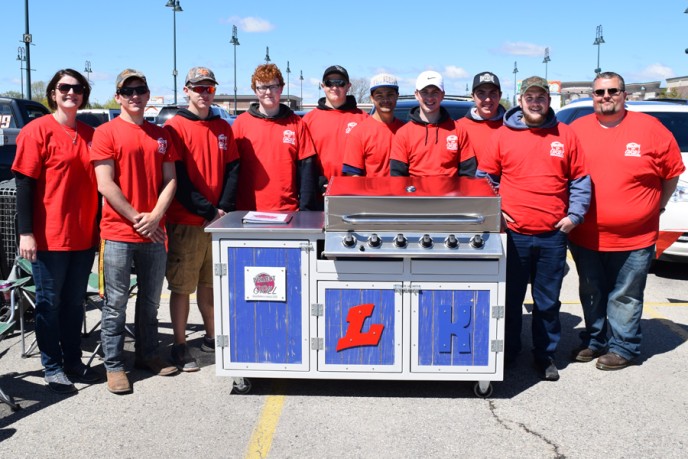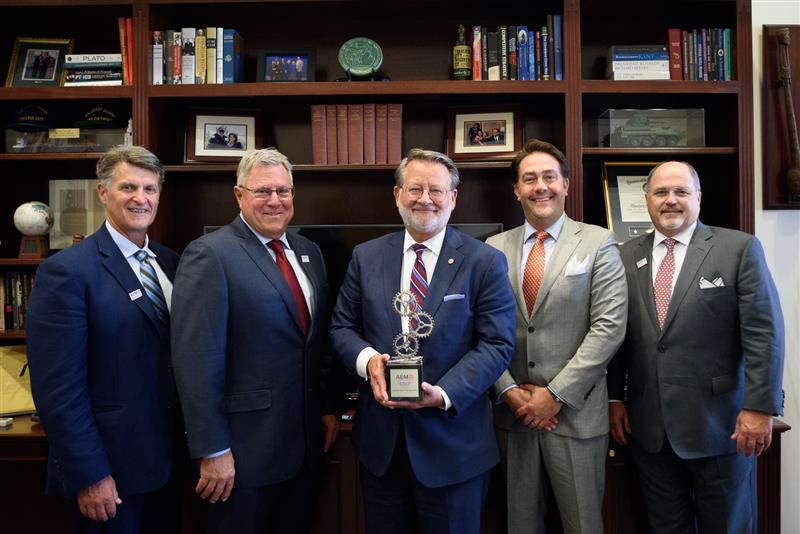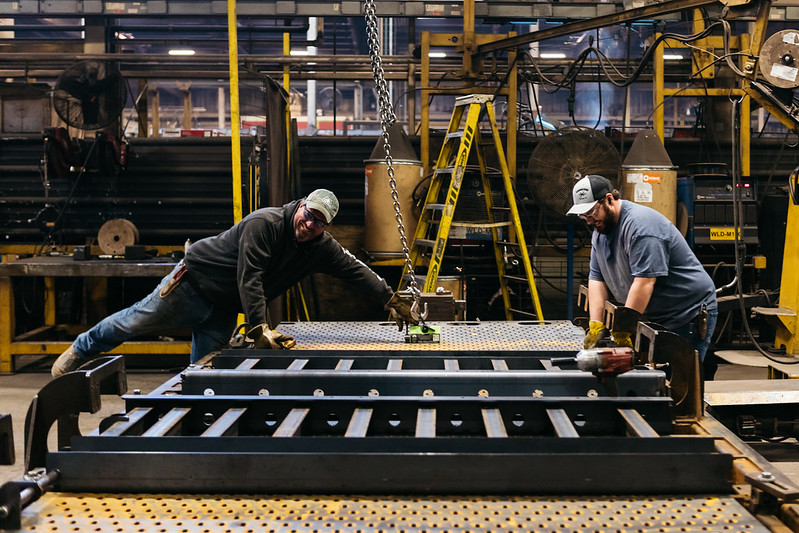For many first-time product safety professionals, a role in the industry might feel a little bit disorienting at times. It’s not uncommon for new employees to deal with significant challenges, encounter unexpected hurdles, and occasionally battle against the currents that come along with being a part of an ever-evolving organizational culture.
That’s why it’s so important for seasoned industry professionals to steer new employees in the proper direction, say product safety experts Vern Hoppes and Ada Bendorf, who provided valuable insights on the topic of product safety. Hoppes, a retired product safety engineer formerly employed with John Deere, and Ada Bendorf, a current product safety engineer with John Deere, spoke to a room of product safety professionals who are new to the field and imparted both best practices and advice to ensure their long-term success.
“Having a built-in safety culture is so important, otherwise you end up being the lone person who is trying to promote safety standards without a system in place to do so company-wide,” explained Bendorf.
June is National Safety Month, and AEM is proud to support the National Safety Council, advance the cause of worker safety, and continue its mission to produce valuable literature and publications designed to keep equipment operators safe. Learn more.
When in Doubt, Look to Established Professionals
As new product safety professionals look through the sales catalogue for their respective companies, a number of key strategies and tactics can help provide for sustained success, say Hoppes and Bendorf. They are:
-
Getting buy-in from every level of an organization.
-
-
Without support at all levels, product safety professionals may be cut out of the initial stages of product engineering – an absolutely crucial stage in which they should be involved. With full organizational support, products are sure to be safer and well thought-out before they are handed off to the end-user.
-
-
Being educated and investing in product safety.
-
-
Education is paramount to the success of a safety program; every company should discuss product safety, empower people to get involved, and every program should educate themselves on safety.
-
-
Thinking through the lifecycle of the equipment they are assessing.
-
-
There are several factors that can impact the safety of equipment and components; even thinking through the maintenance that the machine will need can help to address issues before they appear.
-
From the top down, being educated and investing in product safety will pay dividends in the future. But, buy-in and communication aren’t enough to prevent safety incidents from occurring. To address any future incidents that may occur, safety professionals must consider the entire lifecycle of the equipment they are assessing.
Examining a Chain of Events – Before it Happens
Whether a whole product or a component is being assessed, safety professionals must do their best to think through every possible chain of events. Physical, environmental, and human factors may lead to an accident, and thinking through these factors will help to both visualize potential outcomes and prevent them from happening in the first place.
-
To address the physical factors: assess every part of the machine or component and visualize any incidents that could be caused by the actual product malfunctioning.
-
To address the environmental factors: think through the wear and tear that the equipment will be subject to, and about the maintenance that the machine will need during its lifecycle.
-
To address the human factors: realize that there will always be someone who misuses a product. Think about the ways that end-users may misuse the machine and address them preemptively.
“One of the things I always like to talk about is, ‘Where is the fuse?’ Not an electrical fuse, but a mechanical fuse. Where do you want your machine to fail? Which will be the most dangerous failure, and which failure is most likely?” said Hoppes.
Cultural Awareness Goes a Long Way
Operators’ manuals should cover anything that will happen within the operation of the machine – and, to try and address every outcome employees must be culturally aware, understand who their end user is, and know where and why they will be operating the product.
“In India, for example, families frequently use their tractors as a mode of transportation and don’t own another car. They like tractors that have flat fenders to allow multiple people to ride on at once,” explained Hoppes.
Using knowledge of different cultural environments can help visualize future misuse that may occur, even if it’s not common practice in one’s own country. Visiting plants in other countries or visiting locations that end-users are from can help familiarize safety professionals with the environment that they must keep in mind, if at all possible. “We need to discuss product safety, empower people to get involved, to educate others and ourselves on what it really is,” said Bendorf.
While product safety can be a nerve-wracking field to work in, the end result is extremely rewarding, keeping end users safe and guiding manufacturers on how to avoid injury. Looking to more seasoned product safety professionals can help younger employees find their footing and do their job more efficiently and effectively. With clear communication, buy-in at all levels of an organization, and careful planning, product safety does not have to be as daunting and disorienting as it may seem at times.
Throughout the month of June, AEM will be regularly producing and releasing safety and product leadership-related content via its AEM Industry Advisor member newsletter, on its various social media platforms, and other channels. In addition, AEM recently unveiled a free online safety toolkit designed to support safety awareness, education, and training for off-highway equipment used in the construction, agriculture, mining, utility, and forestry sectors.
Create your free account in the AEM Safety Toolkit here.





